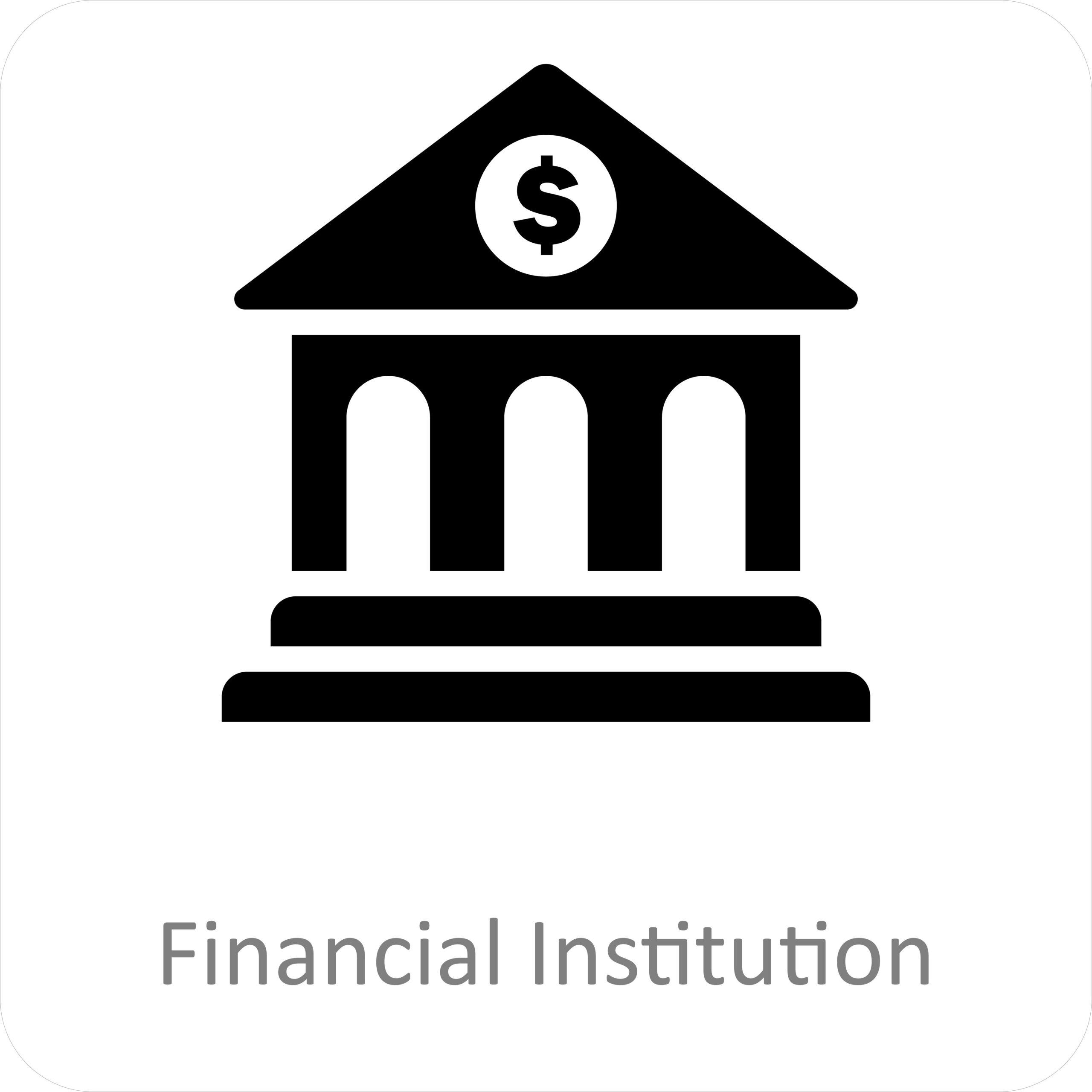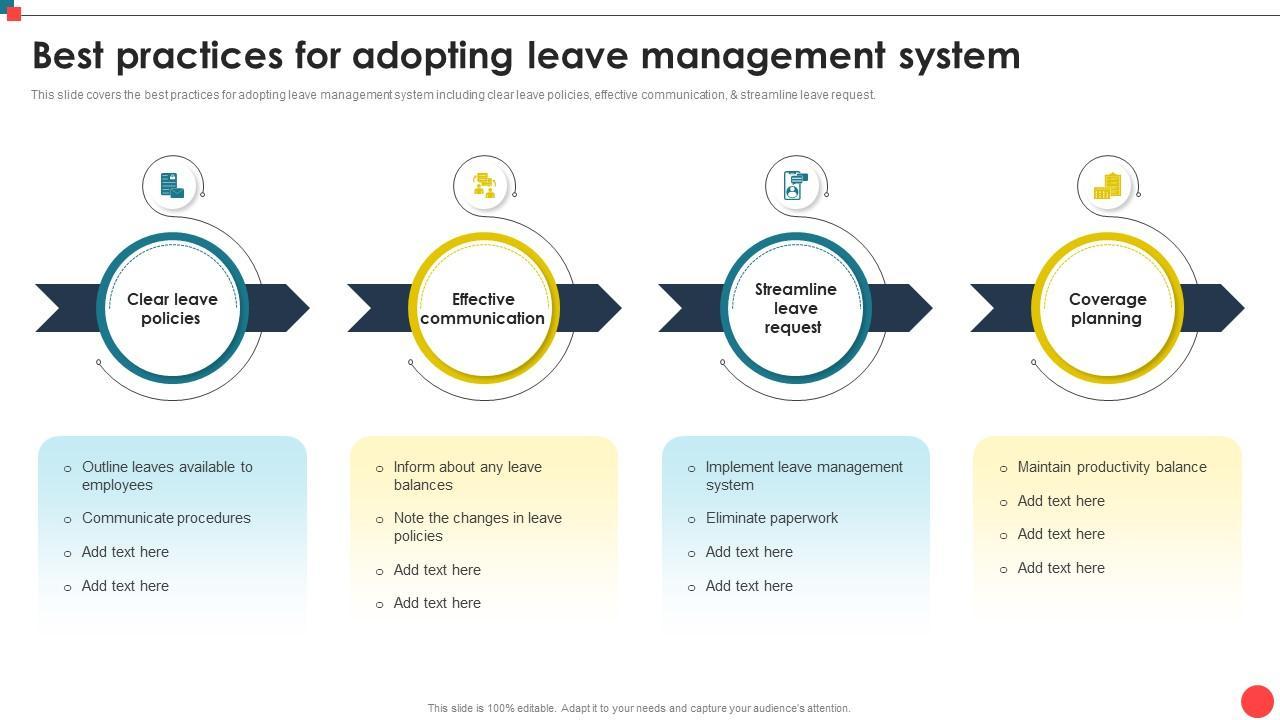In the ever-evolving landscape of financial technology, Brazil has emerged as a beacon of innovation, showcasing a remarkable transformation in its banking sector that has captured international attention. With the implementation of open banking, the nation has not only enhanced consumer choice but also fostered competition among traditional and digital financial institutions. This movement toward greater transparency and accessibility in banking services presents an intriguing case study for other nations, particularly the United States, where the financial ecosystem is often criticized for its rigidity. As Brazil’s open banking model continues to unfold, it raises pivotal questions about the potential for similar reforms in the US: Could embracing such a system revolutionize financial interactions, empower consumers, and streamline services? This article delves into Brazil’s journey through open banking, examining its successes and challenges, and exploring what lessons the United States might glean from this Latin American experiment.
Brazils Open Banking Framework: Lessons in Regulation and Innovation
The Open Banking framework in Brazil has garnered attention worldwide due to its innovative approach to regulation and its capacity to foster competition within the financial sector. By enabling customers to share their banking data securely with third-party financial service providers, Brazil has not only improved customer experiences but has also catalyzed advancements in fintech solutions. Its success lies in a collaborative stance between regulators and the financial industry, emphasizing transparency, consumer protection, and enhanced data privacy. This model aligns with emerging consumer expectations for personalized financial products, ultimately increasing customer engagement and satisfaction.
Key lessons from Brazil’s experience include the importance of gradual implementation and flexible regulatory frameworks that adapt to evolving market dynamics. Brazilian regulators took a phased approach to roll out Open Banking initiatives, allowing stakeholders to adjust and innovate sustainably. Moreover, fostering a culture of innovation through clear guidelines and support mechanisms has enabled smaller fintech companies to thrive, thereby diversifying the marketplace. As the U.S. considers similar initiatives, here are critical takeaways to ponder:
- Collaboration between regulators and industry to create an ecosystem of trust.
- Phased implementation that prioritizes consumer protection while fostering innovation.
- Support for fintechs to encourage diversity and competition.
| Aspect | Brazil | Potential Steps for the US |
|---|---|---|
| Implementation Approach | Gradual and phased | Start with pilot programs |
| Regulatory Collaboration | Strong public-private partnerships | Engage diverse industry stakeholders |
| Consumer Focus | Prioritize data privacy and security | Establish rigorous consumer protection measures |

Consumer Empowerment through Open Banking: Enhancing Financial Literacy
Open banking is revolutionizing the financial landscape by giving consumers unprecedented control over their financial data. This innovative approach allows individuals to access a plethora of services tailored to their needs, fostering a deeper understanding of their finances. With increased transparency, users can make informed decisions that lead to better financial health. Key benefits include:
- Enhanced Access to Information: Consumers can easily track their spending patterns and savings potential, enabling smarter budgeting.
- Personalized Financial Products: Tailored offerings from various institutions allow users to select options that best suit their lifestyle and goals.
- Increased Competition: A wider range of providers leads to improved services and reduced costs, giving consumers more choices.
Moreover, open banking encourages financial literacy by promoting engagement with educational resources and tools. Banks and fintech companies are stepping up to provide workshops, online courses, and interactive platforms that empower users to build their financial acumen. This learning culture is significant in bridging the knowledge gap prevalent in many demographics. A survey revealed that consumers exposed to open banking initiatives show:
| Financial Literacy Improvement | % of Participants |
|---|---|
| Understanding of Banking Products | 75% |
| Ability to Create a Budget | 65% |
| Knowledge of Investment Options | 60% |
This trend not only benefits consumers but also builds a healthier financial ecosystem where informed decision-making is the norm rather than the exception.

Collaboration among Financial Institutions: Building a Cohesive Ecosystem
Collaboration among financial institutions has emerged as a cornerstone in the evolution of open banking, particularly highlighted by Brazil’s successful implementation. By engaging in strategic partnerships, banks and fintech companies are laying the groundwork for a more inclusive financial landscape. These relationships enable institutions to share resources and technological innovations, creating a seamless user experience that resonates with consumers’ demands for accessibility and personalization. Key benefits of collaboration include:
- Enhanced customer trust through shared data security measures
- Increased innovation via joint ventures and product development initiatives
- Broadened market reach, allowing smaller institutions to compete effectively
As Brazilian banks collectively embrace this ecosystem, they are redefining the traditional banking landscape, moving from isolated operations to interconnected services. The implications for the U.S. market are profound, suggesting that a similar model could facilitate increased competition and improved customer services. A focus on collaborative frameworks might also inspire the development of shared regulatory standards, which can promote fairness and innovation across the sector, helping to bridge gaps between established banks and emerging digital players. Below is a comparison of Brazil’s collaborative framework with potential implications for the U.S. ecosystem:
| Aspect | Brazil | Potential U.S. Implications |
|---|---|---|
| Regulatory Environment | Proactive open banking regulations | Need for clear guidelines and support for innovation |
| Partnership Models | Banks + fintech collaborations | Encouragement of startup and traditional bank alliances |
| Consumer Impact | Improved access to financial services | Increased competition leading to better pricing and services |

Adopting Best Practices: Strategies for a Successful US Open Banking Transition
Transitioning to open banking in the United States can learn valuable lessons from Brazil’s journey. Establishing a clear regulatory framework is crucial; this helps build trust among consumers and financial institutions alike. A multi-stakeholder approach that includes banks, fintechs, and regulators ensures that diverse perspectives are considered. Additionally, consumer education initiatives should be prioritized to inform the public about the benefits and security of open banking, empowering them to make informed decisions regarding their financial data.
A strong focus on data security and privacy is essential in order to address consumer concerns. Investing in technology that safeguards personal information while facilitating secure data sharing will foster confidence in the system. Furthermore, implementing APIs that are user-friendly and standardized can enhance interoperability between different financial institutions, streamlining the user experience. As the U.S. looks towards a more open banking ecosystem, insights drawn from Brazil’s success can serve as a robust foundation for sustainable growth and innovation.
Insights and Conclusions
As we draw the curtains on Brazil’s open banking journey, it’s clear that this vibrant nation’s innovative strides in financial technology offer valuable insights for the United States. The shift towards transparency, consumer empowerment, and heightened competition symbolizes more than just a structural overhaul; it heralds a new era of financial accessibility that could redefine the banking landscape. While the cultural, economic, and regulatory contexts of both countries differ, the Brazilian experience serves as both a blueprint and a cautionary tale for American stakeholders navigating similar waters. As we move forward, the dialog surrounding open banking in the U.S. will undoubtedly grow richer, inspired by the successes and challenges faced in Brazil. Could collaboration be the next chapter? The future may hold the answer, as the rhythm of innovation continues to beat strongly in both hemispheres.
